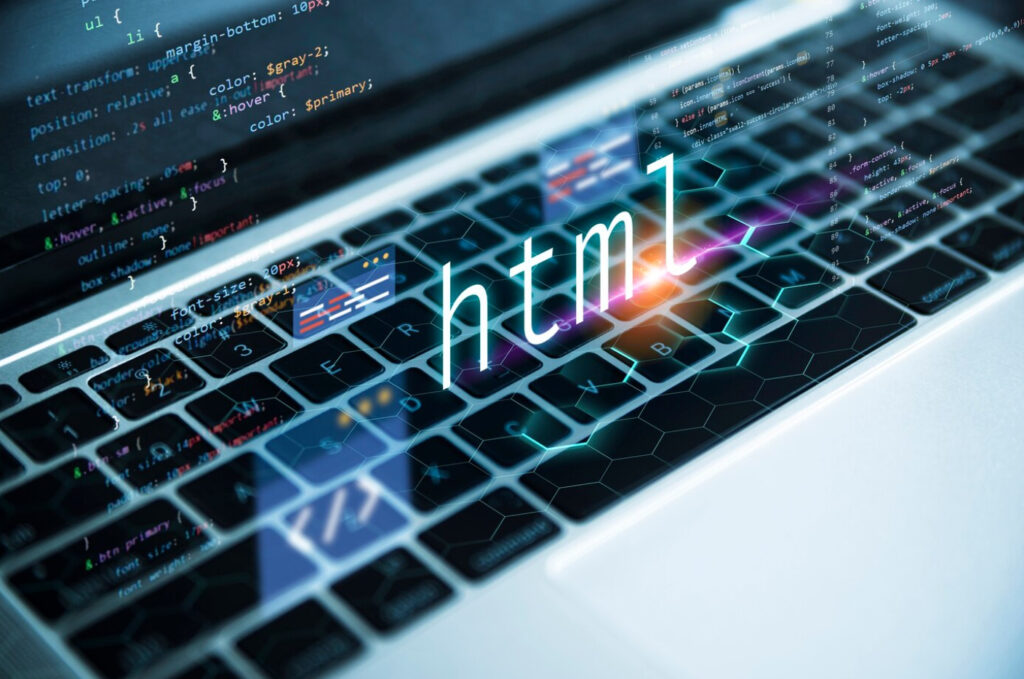Custom code integration can take your projects to the next level. In this blog, we’ll explore how to maximize your page builder projects through seamless custom code integration, unlocking endless possibilities for creativity and functionality. So, let’s roll up our sleeves and delve into the exciting realm of custom code integration!
Enhancing Visual Elements
Customizing the font styles and sizes is a great way to ensure that your website reflects your brand’s identity. By integrating custom icon sets, you can add unique visual elements that enhance the overall user experience. Optimizing image placement and sizing not only improves visual appeal but also contributes to faster page loading, creating a more seamless browsing experience. Additionally, incorporating animations can effectively engage users and draw attention to key content on the page, making it more dynamic and interactive.
Custom CSS Styling
By utilizing custom CSS, you can have precise control over the positioning of elements by adjusting padding, margins, and borders. Implementing gradients, shadows, and transitions adds depth and interactivity to your visual design, making the website more engaging. Using media queries ensures that your design is responsive across various devices and screen sizes, providing a seamless user experience. Additionally, creating custom hover effects can provide visual feedback and enhance user interaction, making the browsing experience more dynamic and interactive.
JavaScript Integration
Integrating JavaScript libraries like jQuery can significantly enhance the visual appeal of your website by enabling advanced animation effects and dynamic DOM manipulation. By adding interactive elements such as sliders, carousels, or pop-up modals, you can elevate user engagement and create a more immersive browsing experience. Implementing custom JavaScript functions allows you to tailor the behavior of specific page elements or forms, adding a personalized touch to the user interaction. Utilizing AJAX for seamless data loading without requiring a full page refresh ensures a smooth and uninterrupted browsing experience for your visitors. These custom code integrations can truly maximize the potential of your page builder projects, creating a more dynamic and interactive website for your audience to enjoy.
Optimizing Functionality
Customizing the page layout is essential for enhancing the user experience and navigation on your website. By optimizing the placement of interactive elements such as forms and sliders, you can significantly improve their performance, creating a more seamless browsing experience. Implementing responsive design techniques ensures that your website displays flawlessly across various devices, catering to a wider audience. Additionally, integrating custom animations and effects adds a captivating touch to your website, effectively drawing visitors in and elevating engagement with your content.
Adding Custom PHP Code
Incorporating personalized server-side functionalities tailored to specific project requirements is an excellent way to enhance the functionality and interactivity of your website. Leveraging PHP to create dynamic content and interactive web experiences can truly elevate the user’s browsing experience. Furthermore, enhancing security measures through customized PHP code implementations is crucial in safeguarding your website and sensitive data. Additionally, optimizing database interactions by integrating custom PHP scripts ensures efficient data management and retrieval, contributing to a seamless user experience. These custom PHP integrations can maximize the potential of your page builder projects, creating a more dynamic and interactive website for your audience to enjoy.
Integrating Third-Party APIs
Incorporating external services like payment gateways or social media APIs seamlessly into the page builder projects can significantly enhance the functionality and user experience of your website. Utilizing third-party APIs to enrich content with features such as maps, chatbots, and data visualizations adds a layer of interactivity and engagement for your audience. Streamlining workflows by integrating third-party tools for analytics, marketing, or customer support ensures a seamless and efficient operation. Furthermore, ensuring data accuracy and consistency through well-implemented third-party API integrations is crucial for providing a reliable and trustworthy experience for your users.
Ensuring Responsiveness
Custom code integration plays a crucial role in ensuring that your website is responsive across a diverse range of devices and screen sizes. By incorporating custom code, you can effectively optimize the loading speed of your page builder projects, ultimately enhancing the responsiveness for improved user experience. It’s essential to thoroughly test the responsiveness on different devices when utilizing custom code to guarantee a seamless browsing experience. Achieving responsive design through custom code integration significantly enhances user engagement and satisfaction, contributing to a more dynamic and interactive website overall.
Media Query Integration
Media query integration is a powerful technique that allows for the customization of styles based on different device characteristics such as screen width and orientation. With this integration, you can create specific CSS rules to adapt the layout of your page builder projects to various devices, ensuring a visually appealing look across the board. By utilizing media queries in custom code, targeted adjustments to the design based on the device’s features and capabilities can be made, resulting in a seamless and optimized user experience. Customizing styles through media queries ensures that your page builder projects look visually appealing on all types of devices, catering to a wider audience and enhancing user engagement.
Viewport Meta Tag Implementation
Implementing viewport meta tags in your custom code is crucial for controlling the layout of your web page on different devices. By setting the initial scale and width, you can optimize the responsiveness and enhance the user’s viewing experience. This implementation allows you to define how your web page should be displayed across various devices, ensuring that content is proportionally displayed on all screens. Integrating viewport meta tags in your custom code is an effective way to cater to the diverse range of device sizes and improve the overall user experience.
Conclusion
In conclusion, custom code integration is a powerful tool for maximizing the potential of your page builder projects. By incorporating custom CSS styling and JavaScript integration, you can enhance the visual elements of your website, elevating engagement with your content. Optimizing functionality is equally essential, and adding custom PHP code and integrating third-party APIs can significantly enhance the user experience and streamline workflows. Moreover, ensuring responsiveness through custom code integration, such as media query integration and viewport meta tag implementation, plays a crucial role in creating a seamless and optimized user experience across various devices. Embracing custom code integration empowers you to create dynamic, interactive, and visually appealing websites that cater to a wider audience and ultimately elevate user engagement and satisfaction.


